The recent geopolitical instability and market fluctuations have had a strong impact on the socio-economic situation, including the maritime sector. Overcoming the "turbulent waves", the maritime industry is still strong and "surviving" the sea.
"Clearing the channel" to welcome large ships, cargo volume through the port increases
In the last days of the year, across the country's coastal areas, ships are still bustling in and out of ports to load and unload cargo. According to statistics from the Vietnam Maritime Administration, in 2024, the volume of goods through the seaport system is estimated to reach 864.4 million tons, an increase of 14% over the same period in 2023. Of which, container cargo through the seaport system is estimated to reach 29.9 million Teus, an increase of 21%.
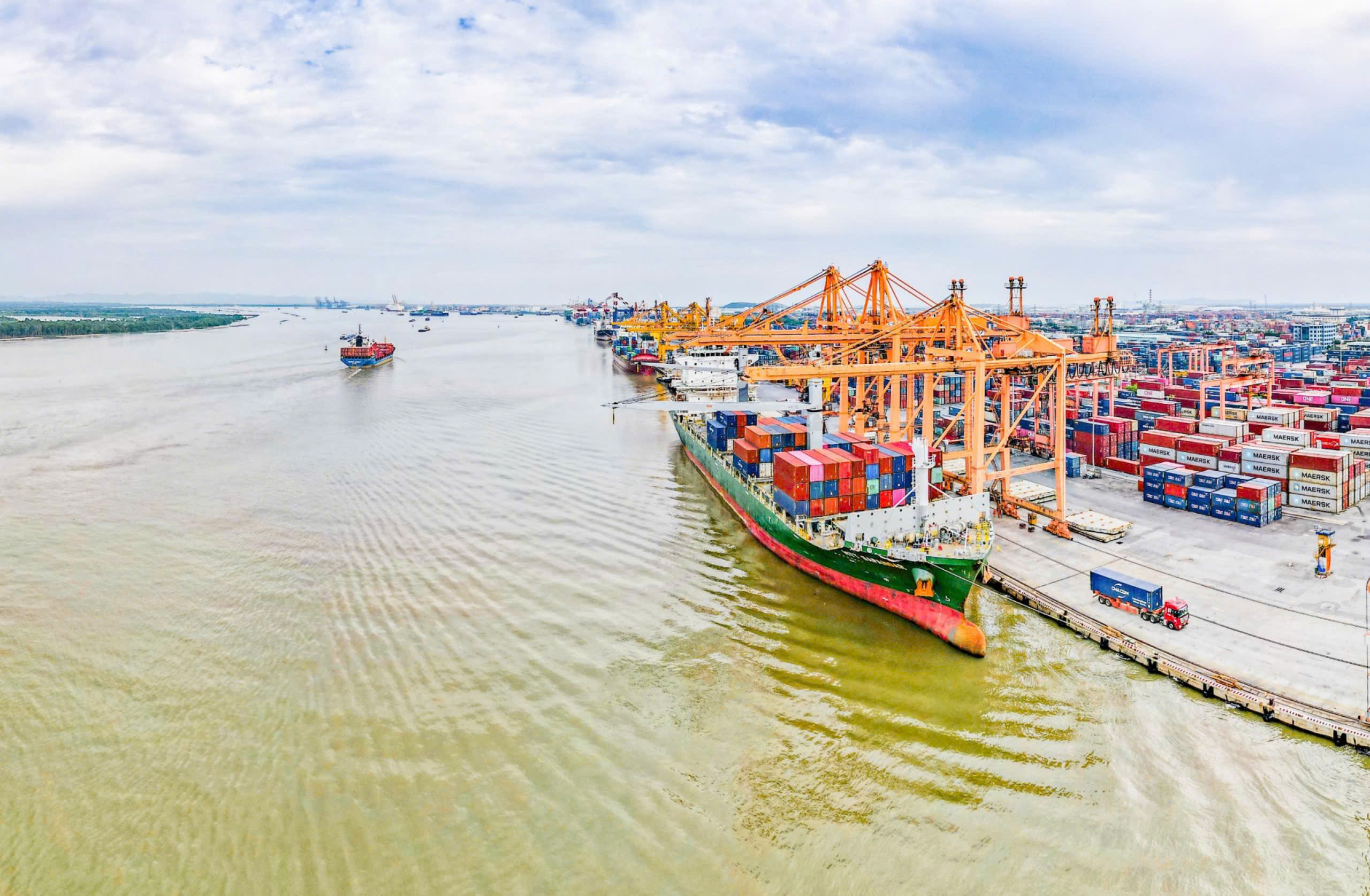
The route is cleared to serve the timely and effective circulation of goods (Photo: Ta Hai).
The volume of ships passing through the port also increased when in 2024, the number of ships passing through the port is estimated at 102.67 thousand, an increase of 2% over the same period in 2023. Inland waterway vehicles grew at a higher rate of 8%, reaching about 380.1 thousand. Notably, the volume of goods transported by the Vietnamese shipping fleet in 2024 also progressed positively, increasing by 3%.
A significant contribution to achieving this result is that over the past time, maritime infrastructure has been gradually invested and upgraded. In addition to public maritime routes that have been maintained and dredged in a timely manner, some routes have also been upgraded to accommodate large ships, such as Hai Phong route (Ha Nam canal section) which has been upgraded to a depth of -8.5m, Cai Mep route which has been upgraded to a depth of -16.5m, and upgraded routes for large tonnage ships entering the Hau River...
This helps many seaports to receive large tonnage ships such as Gemalink port to receive ships with a tonnage of up to 232,000 DWT, CMIT port to receive ships with a tonnage of more than 214,000 DWT, and SSIT port to be allowed to receive ships with a tonnage of nearly 200,000 DWT.
The timely dredging and clearing of the waterway has helped to effectively exploit the public shipping channel, serving the circulation of goods in the context of increasing demand for transporting goods through seaports.
"The timely upgrade of the waterway has contributed to increasing cargo volume in the Cai Mep area by about 35-36% compared to the same period in 2023," informed Mr. Phan Hoang Vu, Deputy General Director of Saigon Port International Container Terminal - SSA (SSIT).
In addition to growth in cargo output and number of ships passing through, in recent times, maritime transport and cargo circulation activities have always been stable and have many bright spots.
Stabilize shipping costs
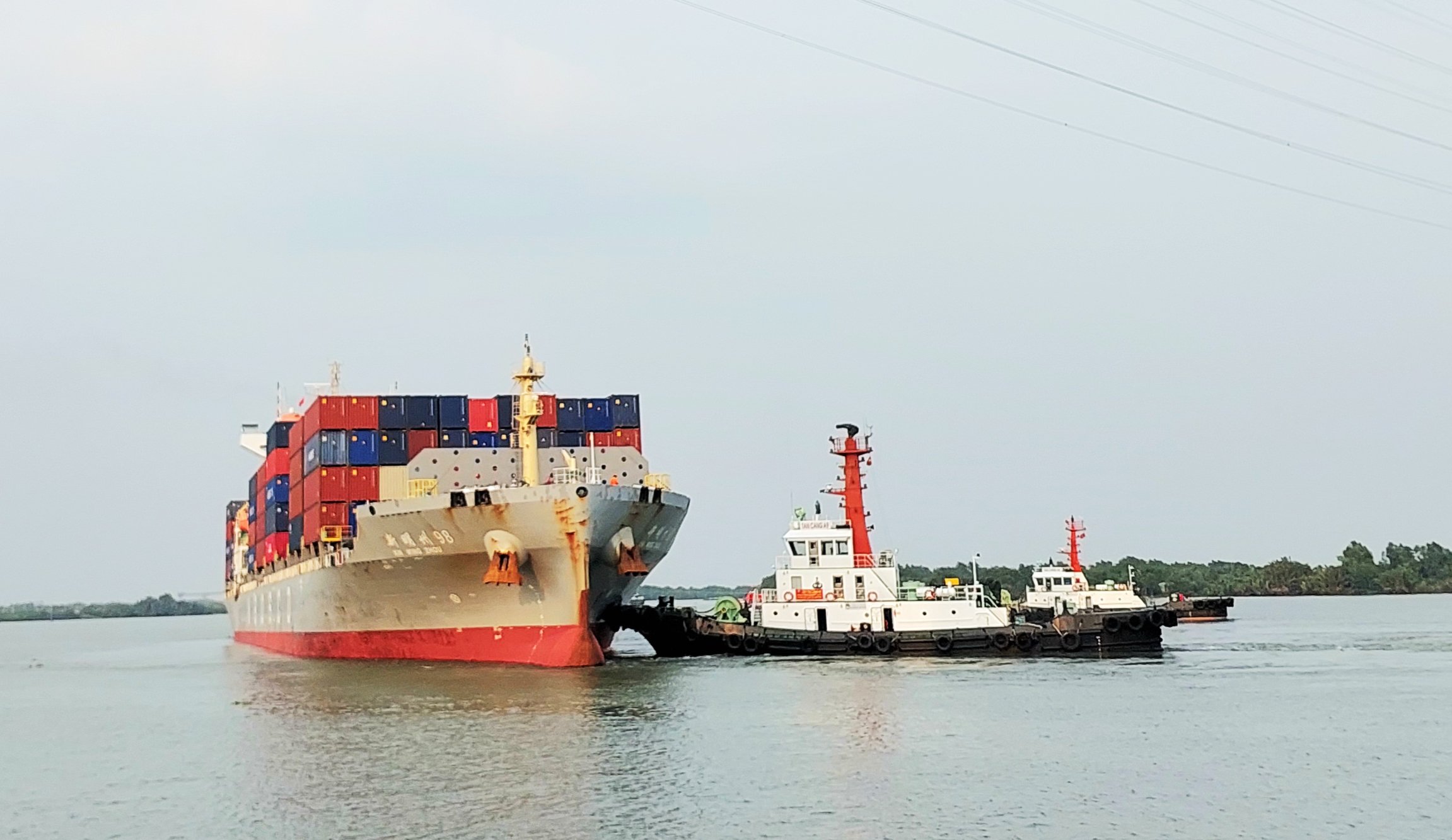
Sea freight costs have been kept stable over time, without increasing logistics costs.
Data from shipping analytics site Drewry shows that container freight rates are rising slightly in the last quarter of 2024. Drewry's Container Composite Index shows that container freight rates have increased by 8% to $3,803/feu, 63% lower than the previous pandemic peak of $10,377 in September 2021. Compared to early July 2024, this rate has decreased by more than $2,000/feu.
According to observers, from the beginning of November 2024 until now, freight rates have increased slightly by about 8-10% compared to the same period last month due to the seasonal increase in freight volume at the end of the year.
In fact, over the past year, the price of container import and export cargo transportation has continuously increased sharply, especially on long-distance shipping routes. Statistics from shipping lines show that the price of container transportation services from Asia to Europe and America has increased sharply since the beginning of 2024 and peaked in early July 2024. At that time, the price was about 48% higher than in January 2024 and 57% higher than the peak price during the Covid pandemic (September 2021).
Then, freight rates began to fall sharply across all routes. The sharpest declines were seen on the Asia-US West Coast and Europe routes, with a drop of around 40-50%.
Along with the high freight rates for container shipping to Europe and the US, the sharp increase in THC surcharges at foreign seaports (such as in Korea) also affects the export of goods of domestic import-export enterprises.
Vietnam Maritime Administration informed that since the increase in freight rates, this agency has issued a document directing maritime port authorities and maritime sub-departments to strengthen the monitoring of service prices at seaports and prices and surcharges for container shipping services by sea, closely coordinating with associations, seaport enterprises, shipping enterprises, import-export enterprises and relevant agencies in monitoring the congestion situation at ports and the situation of providing containers for import and export goods.
"Maritime port authorities have increased inspections of compliance with regulations on listing maritime service prices at businesses, guided businesses to correct deficiencies and took timely punitive measures in cases where businesses intentionally violated current regulations," said a representative of the Vietnam Maritime Administration, affirming that currently, maritime transport costs have basically stabilized, not increasing logistics costs.
These efforts are all the more significant in the context of rising global costs due to geopolitical instability and market fluctuations.
The United Nations Conference on Trade and Development (UNCTAD) noted that disruptions in the Red Sea, Suez Canal and Panama Canal have increased shipping costs, causing shockwaves to the global economy.
Factors such as increasing shipping distances, fuel consumption and rising insurance premiums contribute to a perfect storm of cost pressures for carriers.
Unblocking institutions, seizing opportunities

Many policies on the maritime industry have been issued to help remove difficulties and stabilize businesses' production and business activities.
Positive results were recorded when Cai Mep port cluster entered the top 7 in terms of CPPI (container port performance index), Hai Phong seaport ranked 70th, according to the announcement of the World Bank and S&P Global Market Intelligence Financial News Agency in 2024.
The index is based on criteria related to the time it takes container ships to complete loading and unloading containers at a port in 2023.
An important contribution to that achievement is the close attention and support of Vietnamese enterprises from State management agencies.
Many policies have been issued by the Government, the Ministry of Transport and the Vietnam Maritime Administration to remove difficulties and help businesses stabilize production and business activities, such as Decree 57/2024 on the management of dredging activities related to maritime infrastructure, inland waterway infrastructure in seaport waters and inland waterway waters; Circular 31/2024 amending and supplementing a number of articles of Circular 12/2024 regulating the mechanism and policies for managing service prices at Vietnamese seaports...
Along with that, the Vietnam Seaport System Development Plan for the 2021-2030 period, with a vision to 2050, the Dry Port System Development Plan for the 2021-2030 period, with a vision to 2050, or the Vietnam Sea Transport Fleet Development Projects, the Basic Standards on Vietnam Green Port Criteria... help the maritime industry gain momentum towards sustainable development.
Despite the positive results, the biggest concern for those in the profession is that investment capital for the maritime industry is still low compared to other fields. This makes it impossible for the maritime industry to develop to its full potential.
In addition, investment in green development and digitalization also requires a lot of resources. This is a big challenge for the maritime industry to meet the world's trends.
A port enterprise said that according to the planning, Hai Phong and Cai Mep - Thi Vai ports are oriented to become gateway ports. However, to do this, more investment is needed in public infrastructure, port infrastructure and favorable policies on investment, customs, etc.
"Public infrastructure needs to be maintained in depth and can be upgraded to a deeper level. Post-port infrastructure also needs to be promoted faster with expressway projects such as Bien Hoa - Dong Nai, Ben Luc - Long Thanh in the southern region and Tan Vu - Lach Huyen 2 bridge in Hai Phong... Waterway connections with seaports also need to be strengthened to increase transportation efficiency," the business said.
Opportunity to affirm Vietnam's position on the international maritime map
Despite the challenges, the maritime industry is still "reaching out" towards the "big sea", firmly overcoming the storms. Typically, during the historic storm No. 3 (Yagi) in 2024 that made landfall in the North, despite the severe impacts of storms and floods, maritime safety work was still ensured for ships to enter and exit safely.
Recalling that time, the representative of the Northern Maritime Safety Corporation affirmed that thanks to being ready to respond to the storm according to the "4 on-site" motto, the "sleepless" nights of officers and employees in the maritime industry achieved results when the troubleshooting of drifting buoys, out-of-place lights, surveying and scanning of obstacles in maritime routes were carried out promptly, issuing maritime notices, helping to ensure maritime safety and security, and preventing environmental pollution.
Working side by side with businesses, the Vietnam Maritime Administration also strengthens coordination to regulate ships entering and leaving ports, ensuring safety.
In the South, since the event of congestion at ports in Singapore in mid-2024, Mr. Phan Hoang Vu, Deputy General Director of Saigon Port International Container Terminal - SSA (SSIT), was excited because the seaport in Cai Mep - Thi Vai area has so far maintained a number of ad-hoc ships (ships outside of the fixed schedule) brought in by shipping lines.
Mr. Vu recalled that during the congestion at Singapore's seaport, some shipping lines chose Vietnam as an alternative transit point. This helped increase the transit volume of Cai Mep seaport. At times, transit cargo increased by 15-20%.
In 2025, there are expected to be about 8 ad-hog trips to Vietnamese seaports. "It is expected that in the near future, shipping lines will consider Vietnam as a transit hub for empty containers," SSIT leaders emphasized.
According to statistics from the Vung Tau Maritime Port Authority, as of early October 2024, out of 50 weekly container ship routes calling at Cai Mep - Thi Vai seaport, there are 22 "mother ship" service routes to the US and Europe. Of these, there are 4 routes to Europe, 1 route to Europe - US, 7 routes to the East Coast of the US, 8 routes to the West Coast of the US and 1 route to the US - Canada.
With this number, Vietnam's Cai Mep seaport alone has the highest number of mother ship service routes to the US and Europe compared to other countries in Southeast Asia (except Singapore).
Establishing mother ship service routes from Vietnam directly to European countries and the US helps shippers and related businesses have more options, helping Vietnamese goods not have to transit through other international transit ports, reducing logistics costs and increasing competitive opportunities for Vietnamese goods.
Opportunities are further enhanced as the transport sector moves towards seaport-centric connectivity with other modes, especially rail and inland waterways, to reduce logistics costs and emissions.
It can be said that in the context of the global maritime industry promoting greening, Vietnamese maritime is not out of the game when it comes to accelerating digitalization and green transformation. Seaports are gradually developing according to the green port model, transport enterprises are investing in new fleets with high operating capacity, reducing fuel consumption, etc.
On that journey, Vietnam proposed that the Long Beach Port Authority and the Los Angeles Port Authority cooperate and support the Vietnamese side in conducting a comprehensive assessment to establish a green shipping corridor between Vietnam's potential seaports and the ports of Long Beach and Los Angeles.
"This creates an opportunity for the Vietnamese maritime industry to affirm its position on the international maritime map," emphasized Mr. Le Do Muoi, Director of the Vietnam Maritime Administration.
Source: https://www.baogiaothong.vn/khang-dinh-vi-the-hang-hai-viet-nam-tren-ban-do-quoc-te-192241224170351699.htm



![[Photo] Closing of the 11th Conference of the 13th Central Committee of the Communist Party of Vietnam](https://vstatic.vietnam.vn/vietnam/resource/IMAGE/2025/4/12/114b57fe6e9b4814a5ddfacf6dfe5b7f)

![[Photo] Overcoming all difficulties, speeding up construction progress of Hoa Binh Hydropower Plant Expansion Project](https://vstatic.vietnam.vn/vietnam/resource/IMAGE/2025/4/12/bff04b551e98484c84d74c8faa3526e0)


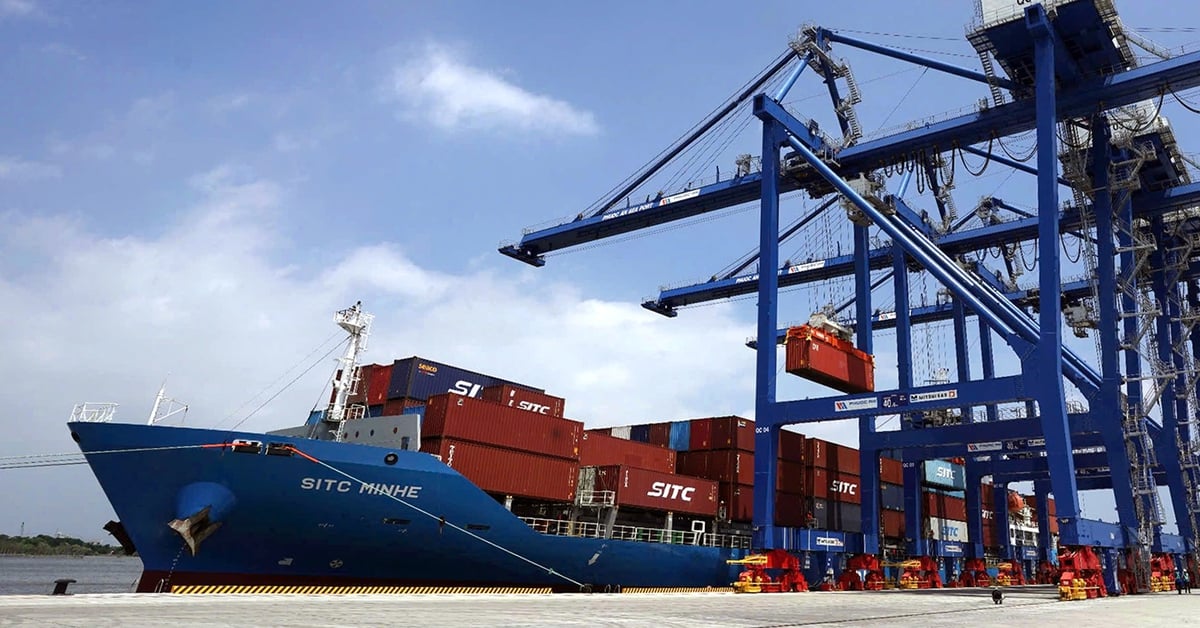

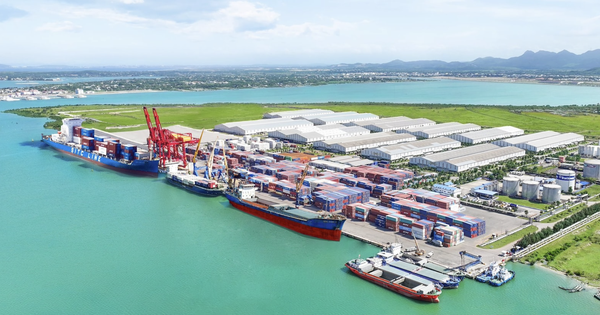
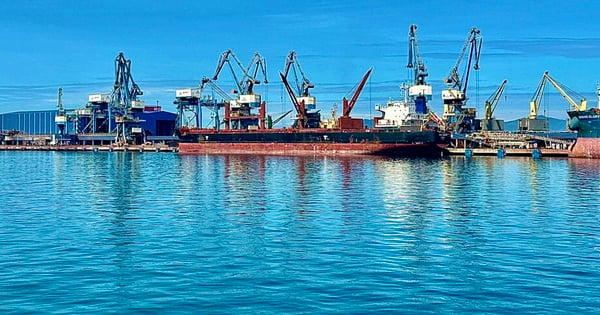

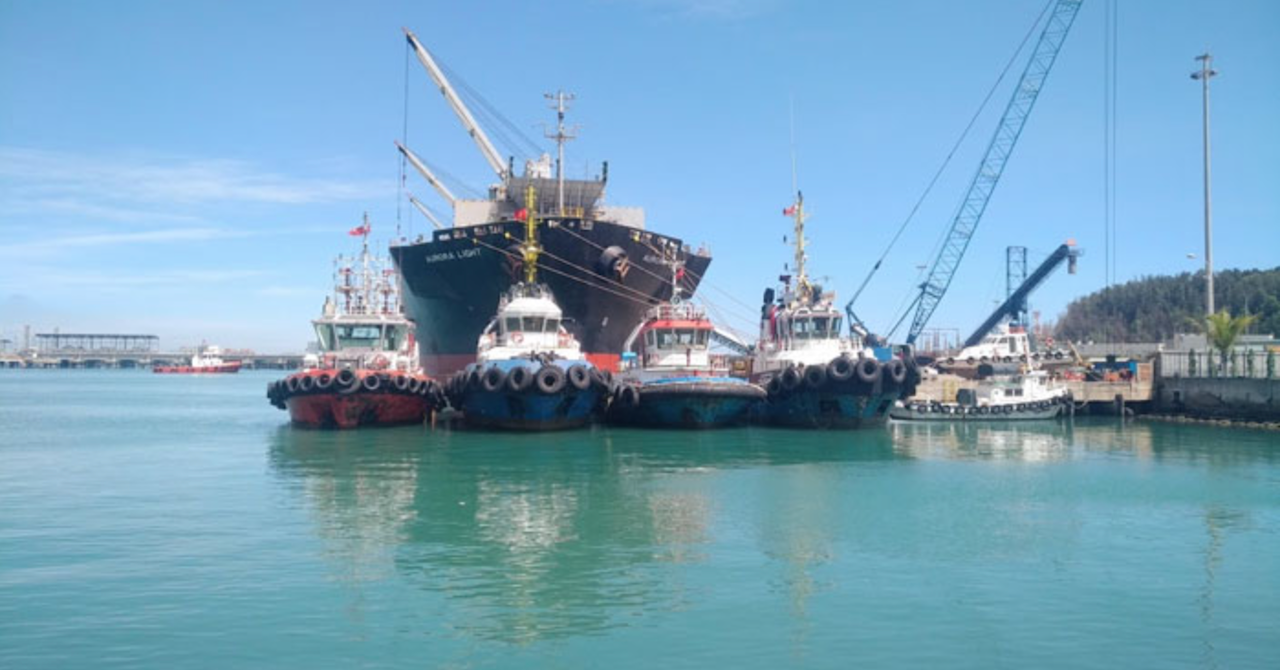

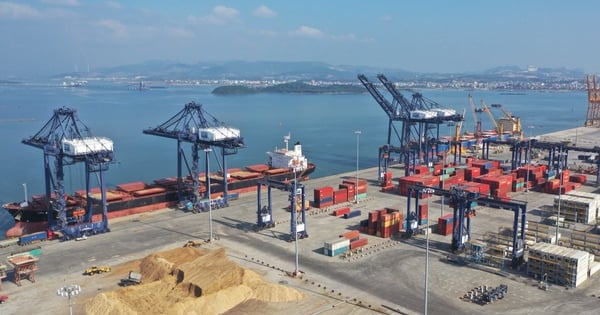
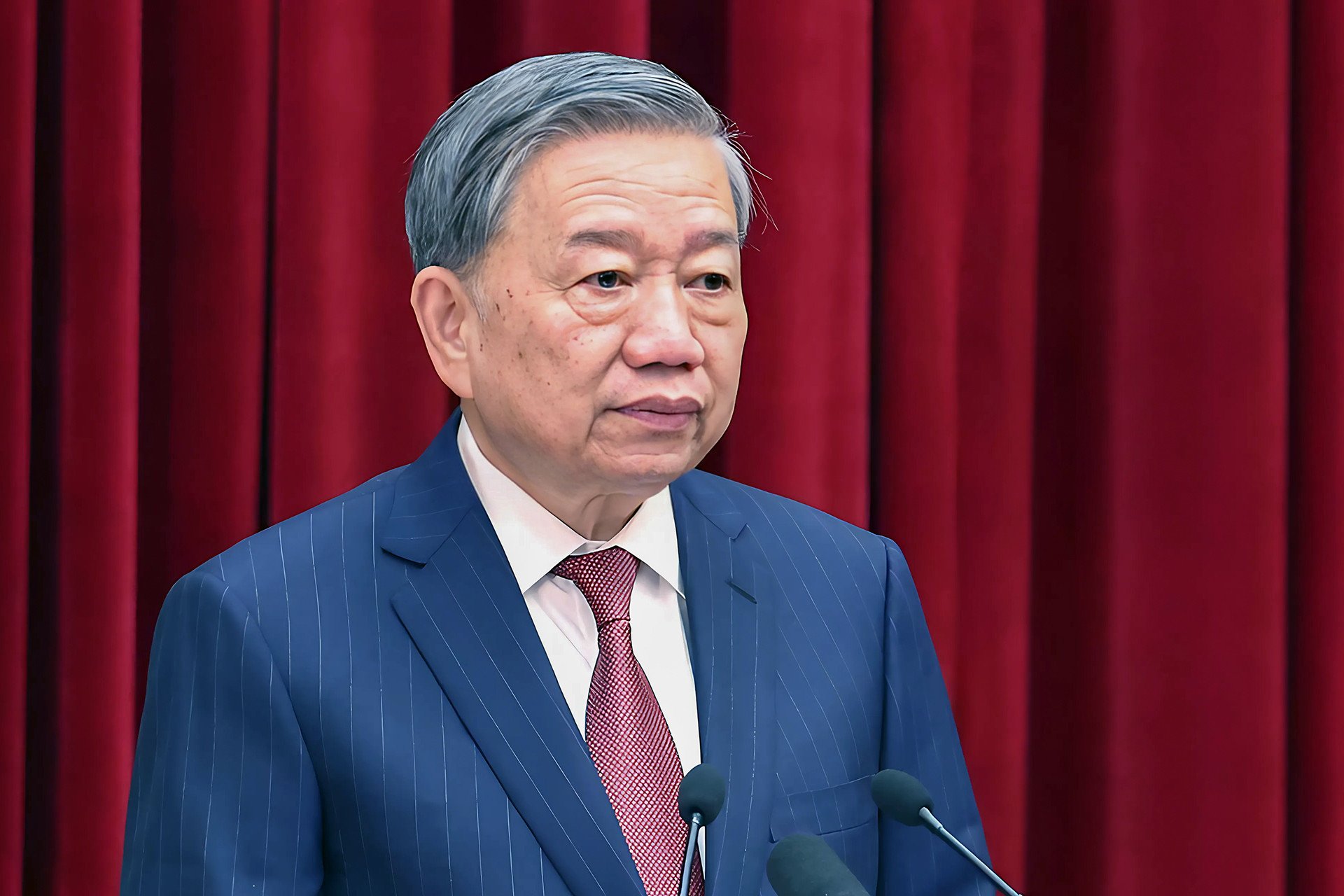

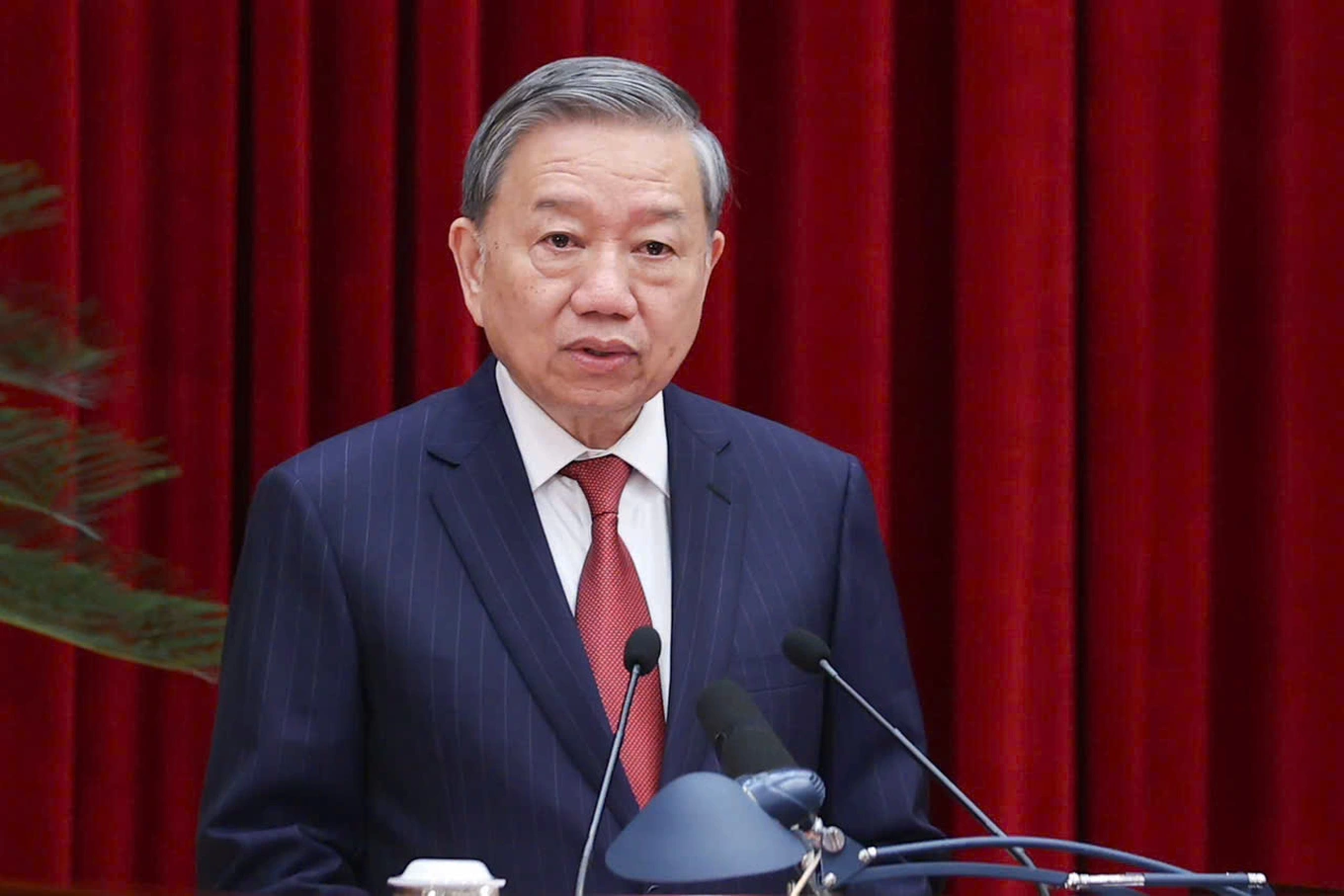
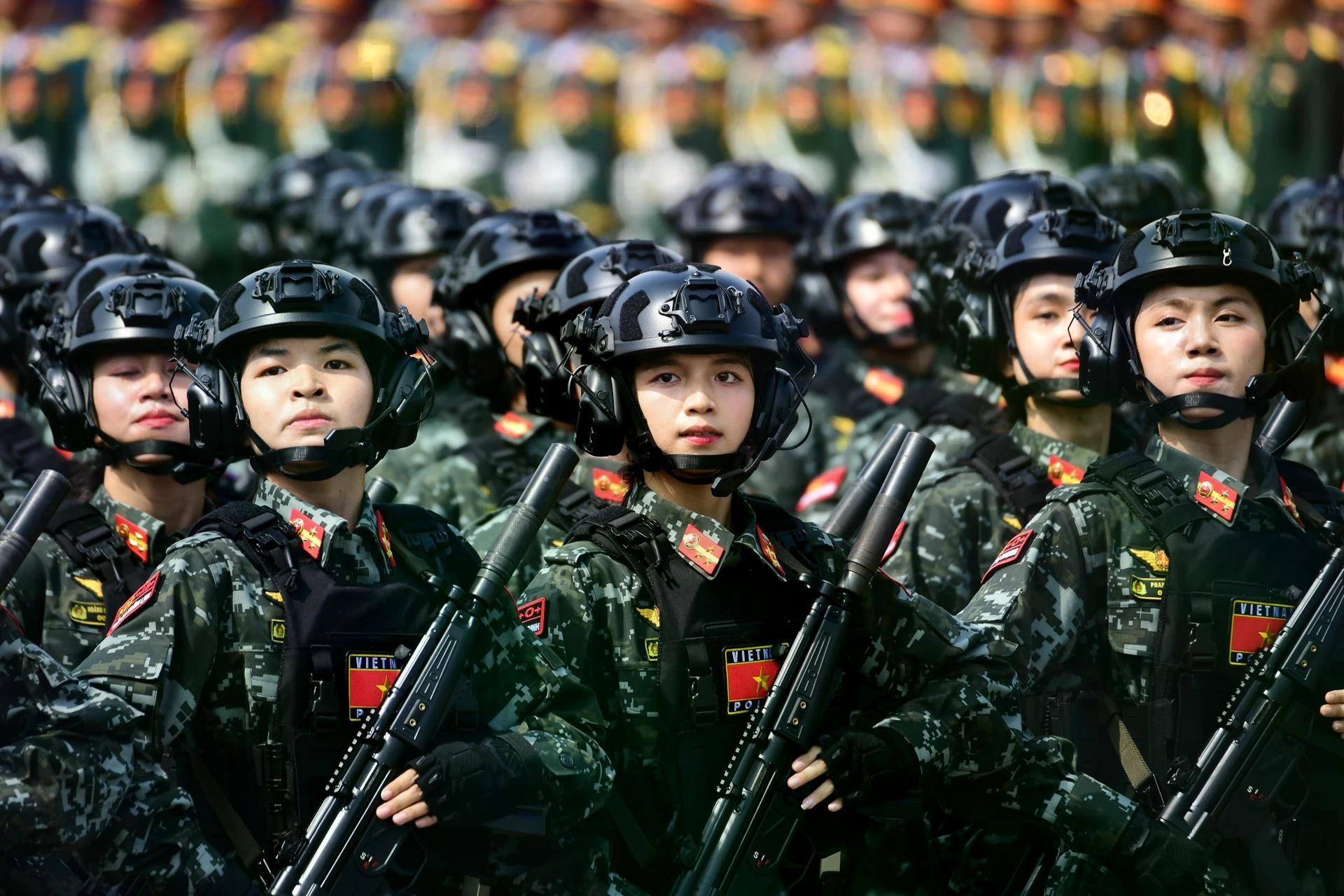

























































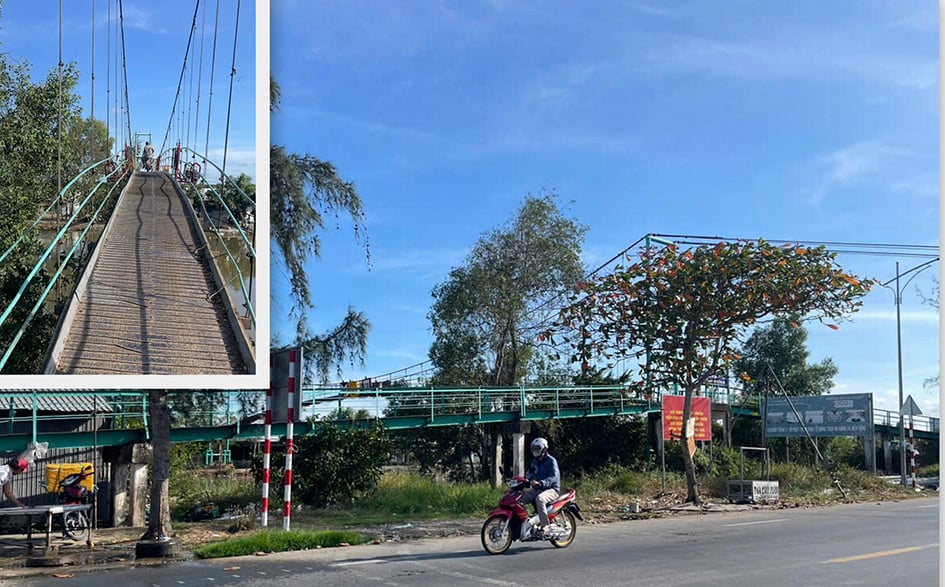





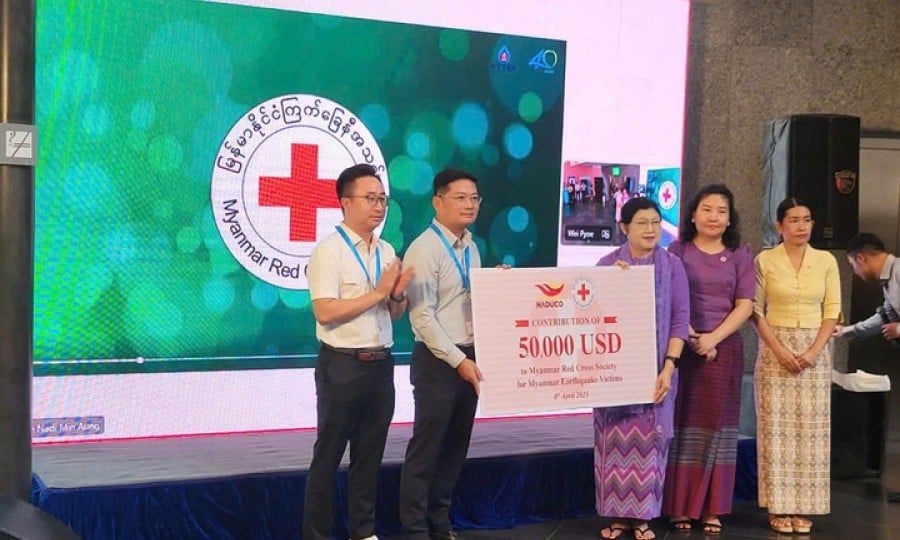














Comment (0)